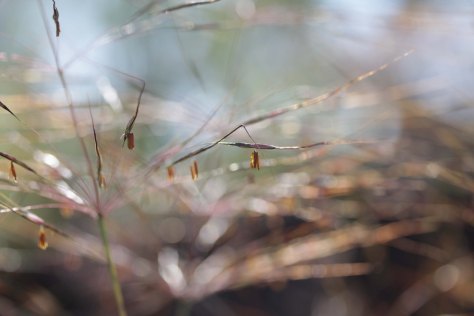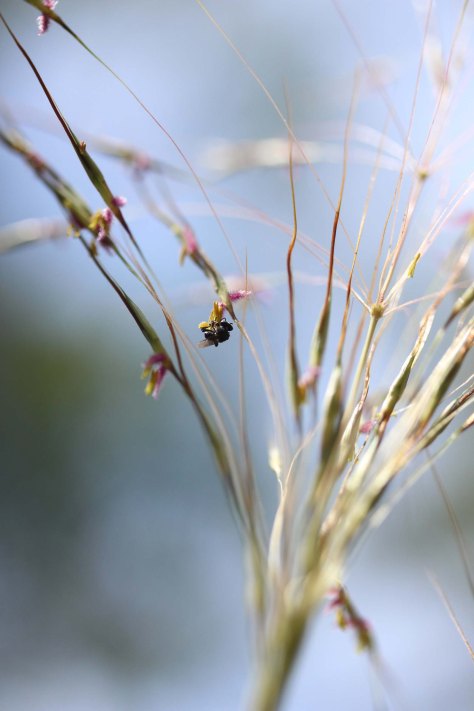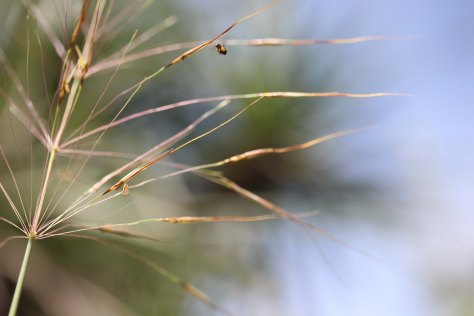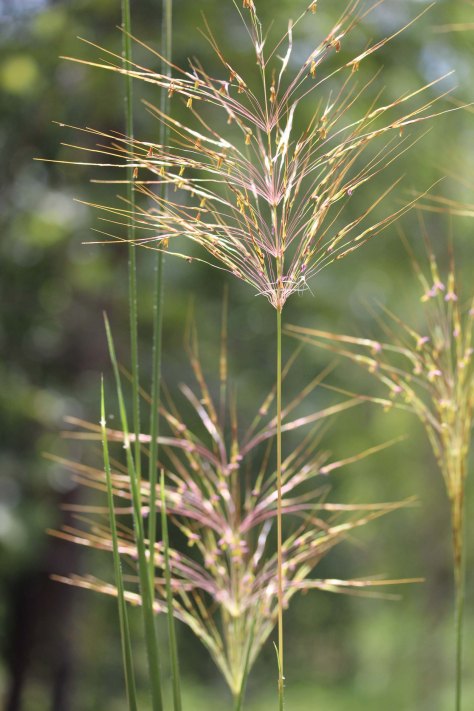(Chrysopogon- Late February)
 This season (and always) our theme is connectivity. As we all know everything is interconnected in this world. If you are a landholder this connectivity relates to landholders next door and their land use and your relationship with them. It also ranges from creating wildlife corridors to the ecology of a landscape and how each species is reliant on others in a complex web, including humans (although many forget this!).
This season (and always) our theme is connectivity. As we all know everything is interconnected in this world. If you are a landholder this connectivity relates to landholders next door and their land use and your relationship with them. It also ranges from creating wildlife corridors to the ecology of a landscape and how each species is reliant on others in a complex web, including humans (although many forget this!).
At Greening Australia we often focus on plants, and this is in many instances the basis of food for many fauna species. Plants themselves are interconnected, with research highlighting that plants communicate with one another and are more interactive than we may think.
In our theme of interconnectedness, we have decided to feature a flora for fauna, to raise awareness that plants and animals and their interactions are of amazing importance.
February seemed to slip by pretty quickly, with its lack of days- but this Plant is the late February to early March feature. The landscape is absolutely full of beautiful flowering grasses, so we have chosen a grass, which often are over looked or unwanted by landholders. This may be so they can see the country and somehow feel safer or because they may hold snakes, or often grasses are mistaken as weeds, but grasses are incredibly important habitat and food for a huge array of species.
This is Chrysopogon fallax and is flowering crazily in our (savannah) woodland landscapes right now. The flowers are loved by a huge variety of insects including our native bee (Trigonia melipes) pictured here collecting pollen from the flowers, which I captured just the other day on a Land for Wildlife Assessment in Tumbling Waters.

The finches love any grass seed heads, including those that form on the Chrysopogon. Small rodents such as Grassland Melomys would also use these seeds as food and probably many parrots such as red wing and even red tail black cockatoo after fires when the roasted seeds are on ground.
 Small grass nesting birds such as finches and wrens use the plants for nesting. Some butterfly larvae also feed on grasses. Reptiles and probably bandicoots would use tussocks for shelter too.
Small grass nesting birds such as finches and wrens use the plants for nesting. Some butterfly larvae also feed on grasses. Reptiles and probably bandicoots would use tussocks for shelter too.

The grass to tree ratio is the fundamental balance in our Savannah Woodlands and as fire changes this, so does the ecology of all those species dependent on either grasses or other non-grass species such as shrubs and trees.

If you have any photos of wildlife getting amongst our fabulous grasses, let us know.
